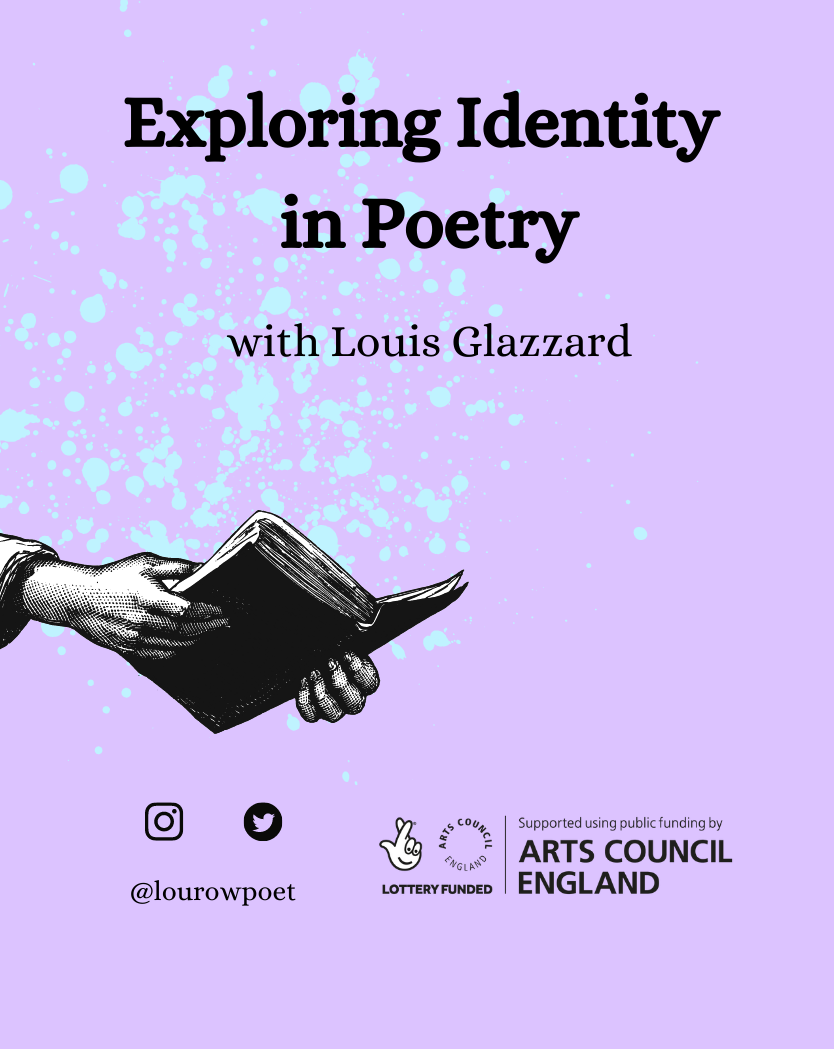In contemporary discourse, the concepts of identity and fame intertwine in intricate ways, particularly within the realm of literature. The exploration of how individuals perceive themselves and their relation to public perception is central to understanding the complexities of modern existence. Literature serves as a profound medium through which these themes are dissected, analyzed, and presented to the reader. “A Face in the Crowd” encapsulates this phenomenon, inviting scrutiny into societal constructs and the nuances of personal identity set against the backdrop of fame.
To embark on this exploration, it is vital to establish a foundational understanding of identity. Identity is multifaceted, shaped by convergence of sociocultural, psychological, and personal experiences. Individuals traverse various identities — familial, cultural, professional, and more — each of which can oscillate under the weight of societal expectations. These aspects become particularly pronounced in the pursuit and experience of fame. Fame serves not just as public recognition, but as a catalyst for introspection and transformation, ultimately altering one’s self-perception.
In literature, characters often embody this duality of identity and fame, demonstrating how the pursuit of recognition can lead to both elevation and desolation. Classic works such as F. Scott Fitzgerald’s “The Great Gatsby” and more contemporary narratives like Lauren Groff’s explorations illustrate the chasm that can exist between an individual’s internal identity and external perception. These literary portraits unveil how characters navigate the turbulent waters of societal validation while grappling with their intrinsic self-worth.
Moreover, the facet of anonymity is critical when discussing the paradox of fame. The concept of a “face in the crowd” suggests a dual existence: a public persona, often sanitized and idealized, contrasted against the private self, which may encompass vulnerability and complexity. The tension between these two identities often surfaces as a theme in literature, compelling readers to question the authenticity of the identities constructed through fame. The anonymity experienced in a crowd is particularly evocative; an individual may feel invisible even amidst the notoriety, raising questions about loneliness and the price of visibility.
The dialectic between identity and fame forces individuals, both fictional and real, to navigate societal constructs that dictate worth based on external validation. The journey of self-discovery becomes paramount as characters seek to reconcile their authentic selves with the expectations imposed by public perception. From Shakespeare’s exploration of identity in plays like “Hamlet” to the modern narratives that delve into celebrity culture, the literature consistently reveals the labyrinthine pathways that individuals traverse in search of significance.
Fame, often accompanied by adulation, can paradoxically foster alienation. This phenomenon is poignantly illustrated in the works of authors such as Sylvia Plath and Virginia Woolf, whose characters often reflect upon the societal dichotomy of presence versus absence. In the context of the literary canon, these reflections on fame mandate a deeper inquiry into the societal constructs surrounding celebration and criticism, urging the audience to introspectively weigh personal versus public identity.
In addition, the impact of social media on identity and fame cannot be overlooked in this exploration. Modern literature often grapples with the ramifications of digitized existence, where the virtual realm grants unprecedented access to fame while simultaneously obscuring the truth of identity. Characters navigating this digital landscape frequently grapple with the dissonance between curated images and authentic selves—a theme that resonates profoundly in narratives addressing contemporary life. This dynamic complicates traditional configurations of fame, leading to a redefinition of public and personal identity
Additionally, the discourse around fame elucidates the performative aspects of identity. The inherent performativity of self-presentation conducted through curated social media profiles or public appearances raises critical questions about authenticity. In narratives exploring these themes, literature fosters a dialogue on how individuals don various masks depending on context and audience, illuminating the fluidity of identity. The writer’s ability to articulate this performative essence allows audiences to engage with the text on multiple levels, grappling with their own perceptions of reality versus representation.
Furthermore, the psychological implications of fame and identity warrant considerable attention. The phenomenon of “imposter syndrome,” often experienced by individuals thrust into the limelight, underscores the dissonance between perceived and actual self-worth. Literary representations of characters confronting their insecurities encapsulate this psychological struggle, offering poignant commentary on the societal pressures to succeed and the fear of inadequacy when one’s worth is measured against public standards. The power of literature lies in its capacity to illuminate these inner conflicts, fostering an empathetic understanding of the characters’ journeys.
In conclusion, the exploration of identity and fame within literature unfurls a tapestry of multifaceted narratives that traverse the depths of the human experience. The interplay between self-perception and public expectation fosters rich dialogues that resonate with readers, encouraging introspection and deeper understanding of the societal frameworks surrounding fame. As literature continues to reflect and interrogate these dualities, it remains an invaluable tool for examining the complexities of identity in an era where visibility and anonymity coexist in a performative dance. Through narratives that probe the intricacies of being a “face in the crowd,” audiences are invited to confront their own understandings of fame, identity, and the delicate balance that exists between them.
